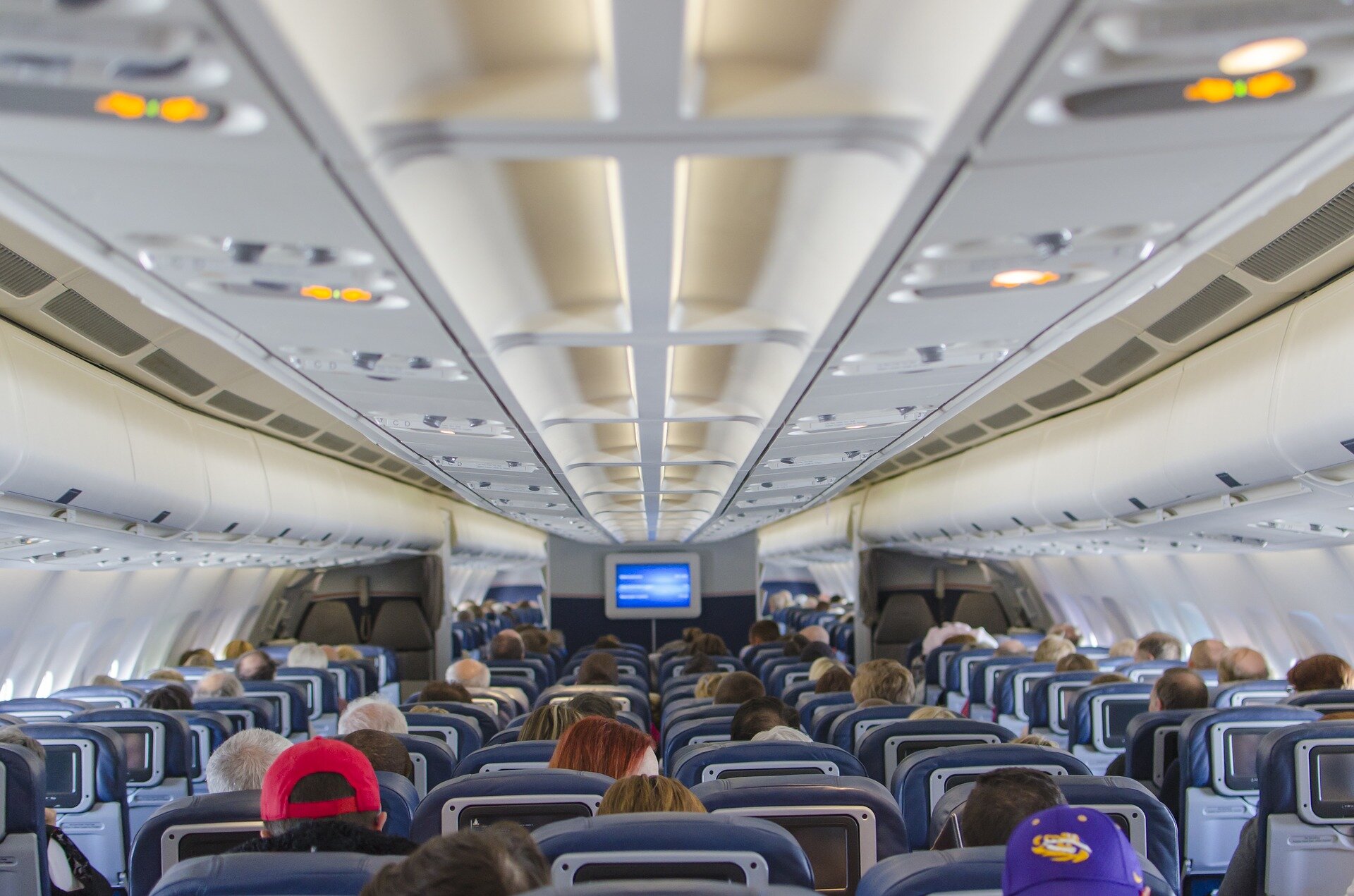While peanut allergens can be detected at very low levels in the air when shelling nuts, the dust settles quickly and can only be detected in very close proximity to the nuts, implying that very little dust circulates in the air.
What’s more, aircraft cabin ventilation systems are designed to circulate air across the aircraft, rather than along the cabin, so minimizing the potential for spreading passenger-generated contaminants through the cabin, explain the authors.
Air is completely exchanged every three to four minutes during a flight. This compares with every 10 minutes for hospitals and classrooms. In modern large commercial aircraft, around half of the air intake is recirculated air that has passed through particulate air filters which effectively remove dust, vapors, microbes, and capture aerosolized food particles at the same time. The other half comes from outside.



Counterpoint: airplane farts are the worst.